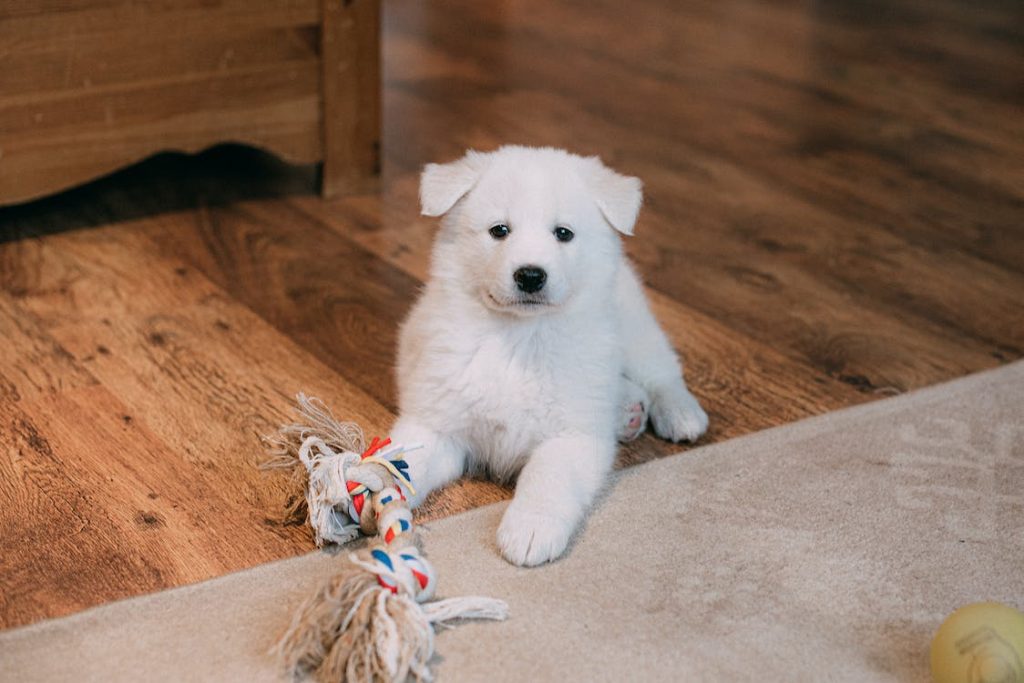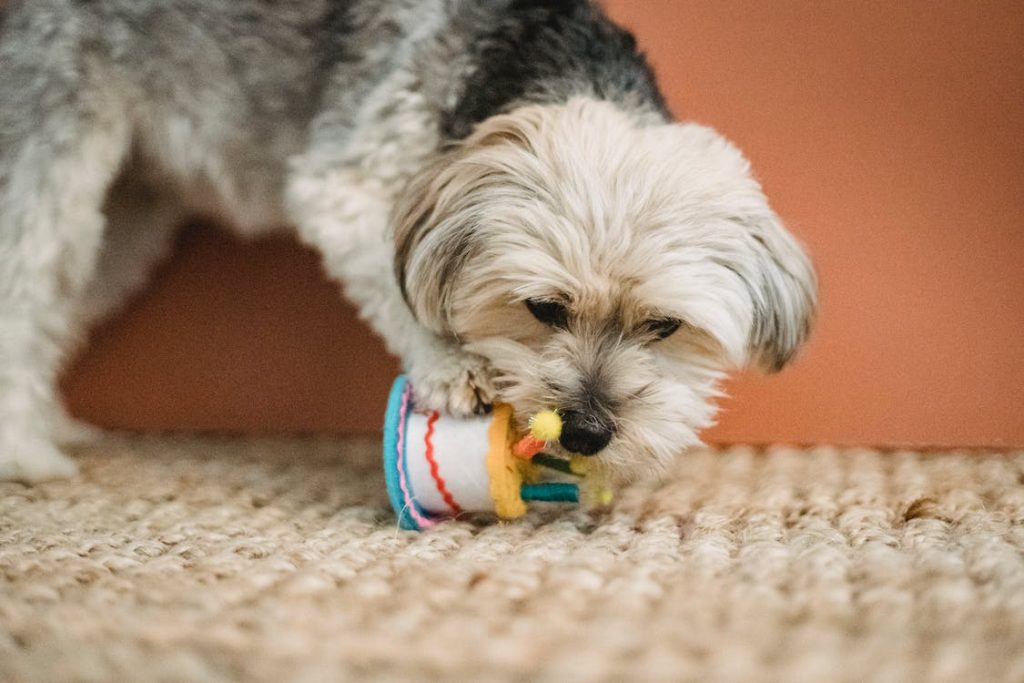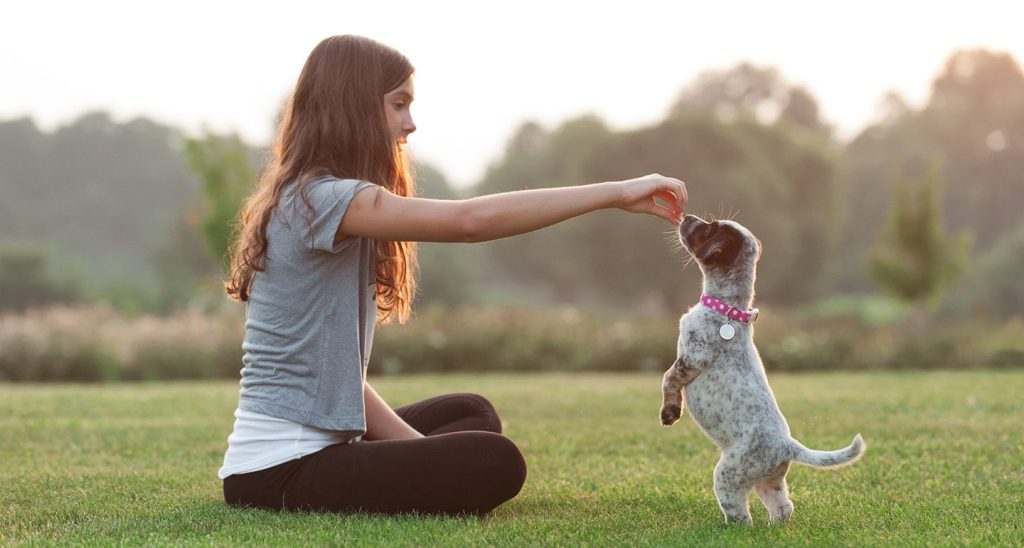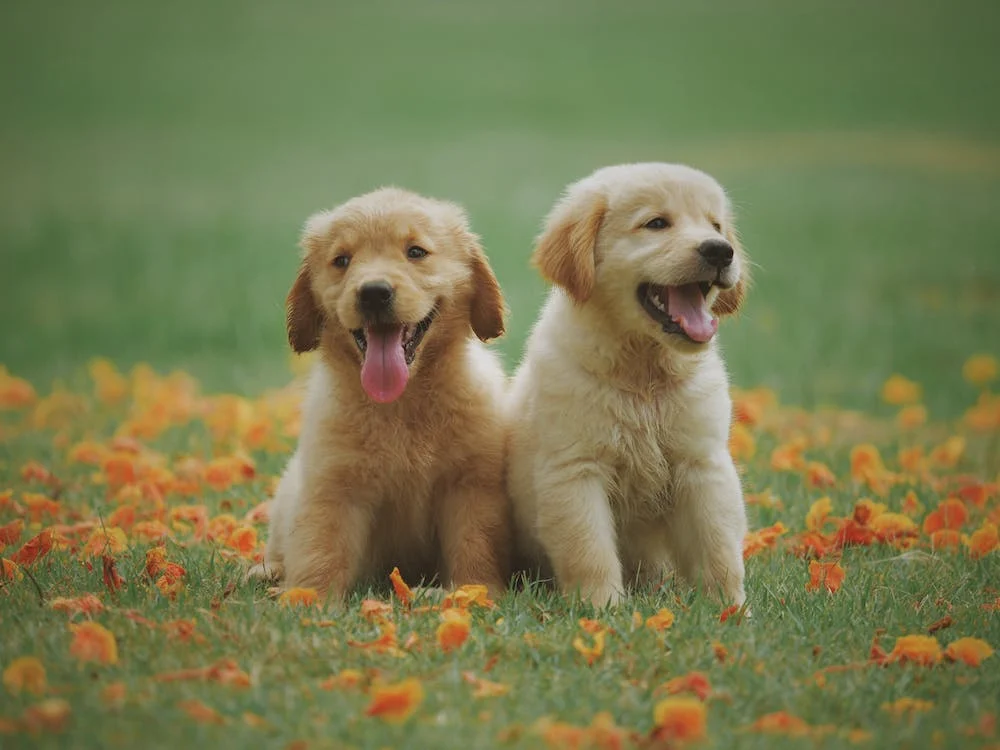Bringing home a new puppy is exciting, but also a lot of work. One of the first big training goals is teaching them to eliminate outdoors instead of having how often does a puppy need to go out accidents inside. The key to potty training success is patience, consistency and knowing what to expect at each age.
In this article we’ll break down the basics of house training puppies including how often they need to go, crating, the use of rewards and more. Let’s set your new pup up for bathroom success!
How Often Does a Young Puppy Need to Go?
When first training, you should expect to take even tiny puppies outside every 1 to 2 hours, including overnight. Here are the general potty break guidelines by age:
- 8 – 12 weeks: Go out every 1 hour plus after meals, naps, play and first thing in morning.
- 3 – 6 months: Every 2 hours, scaling down to every 4 hours toward 6 months as bladder control improves.
- 6 months+ Go out every 4 – 6 hours based on tolerance, still taking out immediately upon waking, after meals and active play.
Of course, these timeframes depend somewhat on size – smaller toy breed pups may need to go more frequently. But use the benchmarks to set reasonable expectations.

Setting Up a Potty Training Routine
Create a consistent potty routine using these tips:
- Use a crate – Dogs don’t like to soil their sleeping space. Crating when you can’t directly supervise teaches them to “hold it.”
- Schedule meals – Feeding at the same times makes potty times more regular. Remove food 2-3 hours before bedtime.
- Log accidents – Recording when and where accidents occur helps identify patterns your puppy’s body follows.
- Choose a potty cue – Use a word like “potty” or “hurry up” to train what you want them to do on command.
- Escort to the spot – Leash walk to the designated relief area instead of letting them wander and get distracted.
- Use enzyme cleaner – Properly clean all accident areas to remove scent triggers.
Patience and consistency are key. Stick to the routine and frequently take your puppy out to prevent indoor mistakes.
How to Use Crate Training
When used properly, crates are a huge potty training asset:
- Introduce slowly and make it comfortable with a blanket and toys. Never use as punishment.
- Provide water but pick it up 2-3 hours before bed to help them hold it at night.
- Follow a schedule of taking puppy out every 30-60 minutes plus right before and after crating.
- Crate when you can’t actively supervise such as at night or if you leave the home.
- Start with short sessions – an hour or two max. Expand duration as they learn to “hold it.”
- Never crate a puppy for prolonged periods – they physically can’t control their bladder that long yet.
Crating sets up a habit of controlling bladder and bowel movements. Use it consistently, but always provide ample outside relief opportunities.

How to Use Positive Reinforcement
Capitalize on your puppy’s youthful food motivation:
- Immediately reward pottying in the designated “go spot” with high value treats and verbal praise.
- Choose soft, easy to chew treats that are irresistible like small meat or cheese bits.
- Always reward during the act or immediately after while still in position – not after they come back inside.
- Use an enthusiastic, happy tone of voice along with the reward.
Food motivation is powerful for puppies. Consistently rewarding desired potty behavior instills good lifelong habits fast.
Common Puppy Potty Training Pitfalls
Watch out for these common novice owner mistakes:
- Punishing accidents instead of rewarding correct behavior.
- Not providing enough outside access due to unrealistic time expectations.
- Poor supervision giving puppy opportunities to sneak off and potty indoors unnoticed.
- Inconsistent feeding/watering schedules that throw off potty times.
- Rubbing their nose in accidents – this just teaches fear.
- Assuming a young puppy can instinctively understand they should only potty outside.
- Getting frustrated or reacting angrily to indoor accidents. Remain calm and upbeat.
Stick to the fundamentals of positive reinforcement, routine and patience. Consistency is key during this crucial training period.

When to Call In a Professional
If you are still struggling with frequent accidents despite consistency and checking with your veterinarian for underlying issues, do not hesitate to call in an experienced positive reinforcement trainer for tailored advice. Getting help early prevents bad habits from becoming ingrained.
Answers to Common Puppy Potty Training Questions
- How long does full house training take? Up to 6 months for reliable signaling and overnight control. Praise progress throughout – don’t expect perfection immediately.
- What if my puppy suddenly starts having accidents again? Rule out a medical issue first. Usually, it means you scaled back supervision too soon. Go back to basics.
- Why does my puppy seem to forget outdoors is the bathroom? Regressions are normal. Make sure you are rewarding every time they go in the right spot.
- Should I use puppy pads? While convenient, pads can prolong house training. Better to start outside immediately while adhering to a strict relief schedule.
- How will I know my puppy has to go? Watch for circling, sniffing, heading to the door or crouching. As you learn their signals, hustle them outside immediately when displaying them.
Potty training is challenging but extremely rewarding. The intensive early work prevents years of frustration down the road. Be patient and consistent, and your puppy will get it before you know it! Please let us know if you have any other puppy training questions.


